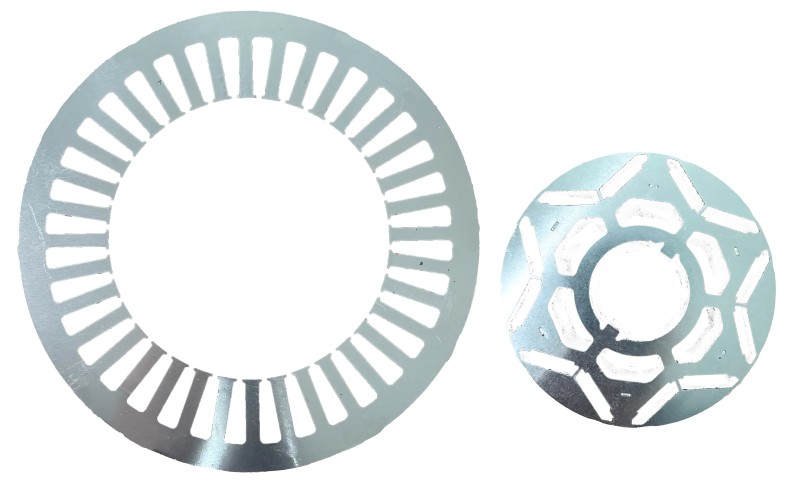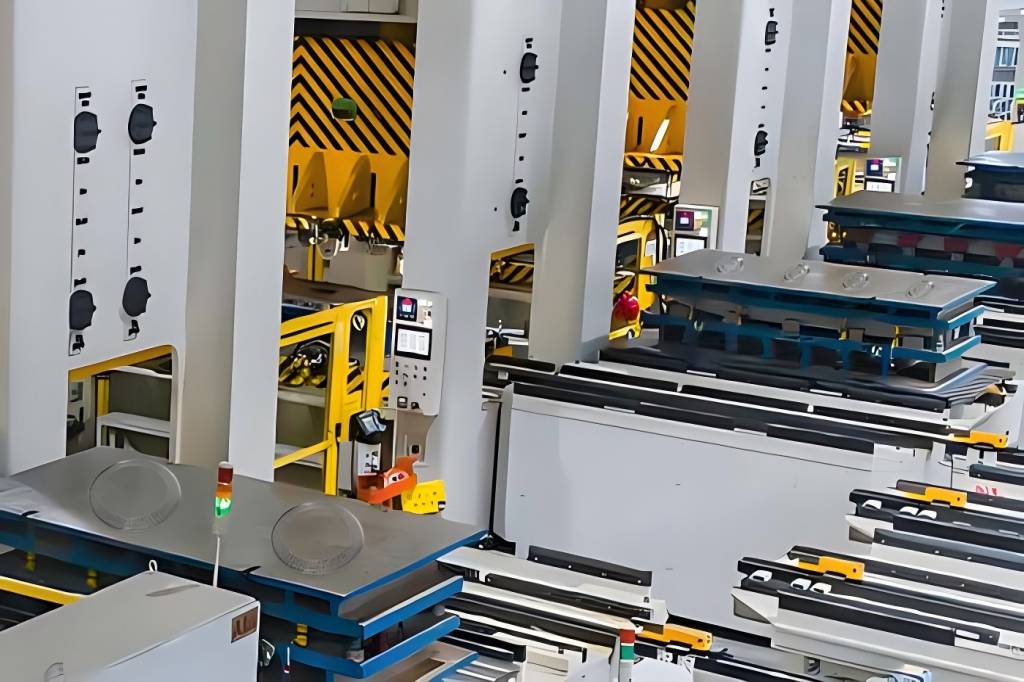Amid the growing global demand for energy conservation and environmental responsibility, new quality standards are being introduced for stator and rotor laminations. These thin, precision-engineered sheets—essential to electric motors and generators—are now at the heart of efforts to meet increasingly strict energy efficiency regulations across international markets.
Rising Global Regulations Push Motor Core Evolution
The global regulatory landscape for energy efficiency has undergone a significant transformation. Regulatory bodies in the European Union, United States, China, India, and other regions are tightening their frameworks, mandating higher efficiency levels for electric motors used in everything from industrial machinery to home appliances. These laws, often aligned with international efficiency classes such as IE3, IE4, and IE5, demand reduced energy losses and improved motor performance.
In the European Union, a wider variety of motors and drives are now covered by the Ecodesign Directive (EU 2019/1781). Under its Energy Conservation Standards, the US Department of Energy (DOE) has also increased the electricity motors’ minimum efficiency criteria. Similarly, China’s GB standards and India’s BEE star-rating program are pushing manufacturers toward high-efficiency designs.
These sweeping mandates place stator and rotor laminations—core structural components of motors—under intense scrutiny. As regulators target lower total harmonic distortion, reduced core losses, and improved magnetic flux efficiency, the demand for higher-quality laminations is now more pressing than ever.
What Makes Stator and Rotor Laminations Critical?
Stator and rotor laminations are the building blocks of a motor’s magnetic core. Laminations are stacked together to form the stator (stationary part) and rotor (rotating part), directing the magnetic flux necessary for motor operation.
The primary role of these laminated sheets is to reduce eddy current losses, which occur when alternating magnetic fields induce unwanted currents in conductive materials. Thinner laminations, coated with insulation, help limit these losses. As efficiency requirements increase, even small variations in lamination thickness, stacking factor, or coating uniformity can cause performance degradation.
Therefore, regulatory bodies are requiring stricter controls over every parameter of lamination production, including material composition, cutting technique, surface insulation, and stacking precision.

Material Advancements Drive Lamination Quality Upgrades
Traditional silicon steels such as M19 and M27 have served the motor industry for decades. However, to comply with IE4 and IE5 efficiency classifications, newer high-grade electrical steels are rapidly becoming the norm. These include:
- Non-oriented electrical steels (NOES): Ideal for motors where the magnetic field changes direction.
- Grain-oriented steels (GOES): Used in applications needing directional magnetic performance.
- Cobalt-iron alloys: Provide excellent saturation and low core losses for aerospace and high-performance motors.
- Amorphous and nanocrystalline metals: Offer extremely low losses but are currently limited to specific, high-cost applications.
These advanced materials offer better magnetic permeability and lower core losses but are more challenging to process. Their higher strength and brittleness require advanced cutting and stacking techniques to prevent damage and maintain tight tolerances.
Cutting Technologies Adapt to Meet New Precision Demands
Manufacturers must choose between several cutting methods for laminations, each offering different advantages based on the application and production scale:
- Mechanical stamping (progressive dies): Ideal for large production volumes; delivers fast throughput but requires expensive custom tooling.
- Laser cutting: Offers high accuracy and flexibility for prototyping or small batches; reduces burr formation and mechanical stress.
- Waterjet and plasma cutting: Useful in thick lamination applications, though less common for high-speed motors.
The shift toward high-frequency and high-speed motors in electric vehicles (EVs) and robotics is driving the adoption of laser and fine-blanking technologies. These techniques enable precise shape control and minimal deformation, crucial for reducing noise, vibration, and magnetic inefficiency.
Insulation Coatings: A Key Quality Benchmark
One of the most regulated aspects of lamination quality is the insulation coating applied to each sheet. This non-conductive layer prevents electrical short circuits between laminations, reducing eddy currents and improving efficiency.
New standards require that coatings:
- Remain stable under high thermal loads (up to 800°C)
- Resist mechanical abrasion during stacking and winding
- Be free of heavy metals and other restricted substances under RoHS and REACH
- Maintain consistent thickness and adhesion
Manufacturers are increasingly adopting inorganic-organic hybrid coatings and Class C insulation systems. Coating application processes are also being modernized, with automated systems that use real-time feedback and AI-driven inspection for uniformity control.
New Requirements for Lamination Stack Assembly
Beyond individual lamination quality, regulatory standards now extend to how laminations are stacked and assembled. Key parameters include:
- Stacking factor: Ratio of actual steel content to total stack height; a higher value means better magnetic performance
- Alignment and registration: Misaligned laminations create internal air gaps, disrupting magnetic paths
- Bonding techniques: Welding, gluing, or interlocking tabs must not compromise insulation or cause warping
High-performance motors, such as those used in electric drivetrains, demand laser-welded or self-bonded stacks with near-zero displacement tolerances. Automatic stacking machines with robotic alignment features are becoming standard in large-scale facilities to meet these precision goals.
Rigorous Testing and Documentation Standards Emerge
Energy efficiency certifications require full traceability and compliance documentation for stator and rotor laminations. Manufacturers must provide detailed test results for:
- Core loss at varying frequencies (e.g., 50Hz, 400Hz)
- Magnetic permeability and coercivity
- Thermal resistance and expansion characteristics
- Burr height, flatness, and dimensional tolerance
Testing tools like Epstein frames, single-sheet testers, and finite element analysis (FEA) simulations are now critical components of the quality assurance process. Certification bodies and OEM customers often demand third-party audits or on-site testing prior to mass production approval.
Sector-Specific Impacts and Adaptations
Electric Vehicles and Transportation
EV motors operate at higher speeds and voltages than traditional automotive motors. To reduce weight while maximizing performance, OEMs are specifying ultra-thin laminations (as thin as 0.1 mm) with minimal stacking deviation. Hairpin winding and skewed rotor designs further challenge lamination manufacturers to achieve precision at scale.
Industrial Equipment
In industrial automation, servo motors and drives are being held to higher efficiency levels under the IE4 and IE5 categories. Laminations must now meet higher thermal and mechanical performance, often requiring advanced cooling strategies and integrated sensor technology.
Home Appliances and HVAC
Motors in fans, pumps, compressors, and white goods are expected to comply with Minimum Energy Performance Standards (MEPS). To reduce noise and vibration while maintaining efficiency, manufacturers are switching to brushless DC and variable-speed drive (VSD) motors—both of which depend on highly accurate lamination stacks.
Renewable Energy
Wind and hydro generators use large-scale laminations that must endure extreme mechanical stress and thermal fluctuations. The move toward permanent magnet generators (PMGs) in offshore wind requires even tighter dimensional and magnetic consistency.
Environmental, Social, and Governance (ESG) Pressures Increase
In addition to technical quality, global markets now expect lamination manufacturers to meet environmental and ethical standards. ESG reporting has become a key requirement in many procurement contracts. Compliance areas include:
- Carbon emissions from steel production and processing
- Recyclability of scrap materials
- Use of hazardous chemicals in coatings
- Worker safety and fair labor practices
Facilities are investing in carbon tracking software, closed-loop recycling systems, and certifications such as ISO 14001 and ISO 45001 to remain competitive in ESG-conscious markets.
Smart Manufacturing and Digital Integration
Digital transformation is rapidly changing the way lamination factories operate. Smart manufacturing tools offer:
- Real-time defect detection using AI vision systems
- Cloud-based data logging for traceability and compliance audits
- Predictive maintenance for die tools and presses
- Digital twins for prototyping and simulating lamination performance
As Industry 4.0 principles take hold, the ability to integrate smart sensors and data analytics into the production line is becoming a critical success factor for lamination producers.
Supply Chain and SME Challenges
Small and medium-sized businesses (SMEs) have difficulties as a result of the move to higher standards since they might not be able to finance new materials or equipment modifications. Key issues include:
- Access to premium electrical steel at competitive prices
- Cost of compliance testing and certification
- Workforce training in new production methods
- Meeting lead times while ensuring documentation accuracy
Collaborative industry programs, government grants, and shared innovation hubs are emerging to help SMEs adapt, but consolidation within the lamination supply chain is likely to accelerate.
Looking Ahead: Innovation as a Prerequisite
The new quality expectations for stator and rotor laminations are not just about compliance—they’re about innovation. Manufacturers are now racing to introduce:
- Hybrid magnetic cores using multiple materials
- 3D-printed lamination prototypes for ultra-fast R&D
- Zero-waste production techniques with full traceability
- Integrated magnet channels for simplified assembly
The motor industry is entering a new era where sustainability, digital intelligence, and material science intersect. Lamination producers that embrace this shift will become critical enablers of global electrification and decarbonization strategies.
Conclusion
As global efficiency regulations evolve, stator and rotor laminations are no longer merely passive components—they are central to the future of electric mobility, smart energy, and green manufacturing. Meeting the new quality standards is a challenge, but for those who rise to it, the rewards include market leadership, technological credibility, and a front-row seat in the sustainable energy revolution.



